- Home
- Chapter Meetings
- 2022-2023 Meeting Reports
2022-2023 Meeting Reports
Date and Time
March 28th, 2024
5:30 – 8:00 PM
Topic
Performing OTA Measurements in an EMC Range – A Real or False Good Idea?
Getting the money and space for implementing more anechoic chambers serving various test purposes can be a difficult path. The question “Dear Test & Measurement Solution Supplier, I have a large full-vehicle EMC chamber. Could you modify it, so it can do both EMC and OTA measurements?” is increasingly asked these days. Even though the evaluation of unintended electromagnetic radiation phenomena and intended radiation performance have a lot in common, they also differ in many respects. This talk discusses the trade-off that has to be made when choosing to combine EMC and OTA in one test environment and discusses the scope of specific combinations that work better than others.
Speaker
 Dr. Derat received the engineering degree from SUPELEC in 2002 and a Ph.D. degree in physics from University of Paris XI with honors in 2006. From 2002 to 2008, he worked at SAGEM Mobiles as an antenna design and electromagnetics research engineer. In 2009, he founded ART-Fi, which created the first vector-array Specific Absorption Rate measurement system. Dr. Derat operated as the CEO and President of ART-Fi, before joining Rohde & Schwarz in Munich in 2017. He is now working as Senior Director for Systems Developments and Project Implementations, covering Electromagnetic Compatibility, Over-The-Air, and antenna test applications. Dr. Derat is a Senior Member of the Antenna Measurement Techniques Association (AMTA) and the author of more than eighty scientific conference and journal papers, as well as an inventor on more than forty patents, with the main focus in antenna systems near- and far-field characterization techniques.
Dr. Derat received the engineering degree from SUPELEC in 2002 and a Ph.D. degree in physics from University of Paris XI with honors in 2006. From 2002 to 2008, he worked at SAGEM Mobiles as an antenna design and electromagnetics research engineer. In 2009, he founded ART-Fi, which created the first vector-array Specific Absorption Rate measurement system. Dr. Derat operated as the CEO and President of ART-Fi, before joining Rohde & Schwarz in Munich in 2017. He is now working as Senior Director for Systems Developments and Project Implementations, covering Electromagnetic Compatibility, Over-The-Air, and antenna test applications. Dr. Derat is a Senior Member of the Antenna Measurement Techniques Association (AMTA) and the author of more than eighty scientific conference and journal papers, as well as an inventor on more than forty patents, with the main focus in antenna systems near- and far-field characterization techniques.
Fundamentals of
Radiated Susceptibility Focusing on Requirements, Equipment, and Application
Date: Thursday, March 23rd, 2023
Speaker: Dean Landers, Supervisor of Applications Engineering for AR RF/Microwave
Location: Compliance Testing, LLC, 1724 S. Nevada Way, Mesa, AZ 85204
 On Thursday, March 23rd, the Phoenix IEEE EMC Chapter held its first in-person meeting of 2023 at Compliance Testing in Mesa, AZ. The meeting was well attended, with 27 people present. The evening commenced at 05:30 pm with a social gathering, followed by dinner provided by Manuel’s Mexican Restaurant and sponsored by Amplifier Research. Glen Gassaway, the chapter chair, directed the opening announcements and chapter business, including the news that Phoenix will host the 2024 EMC Symposium and that volunteers are needed. Following the announcements, customary introductions were made, during which companies hiring and individuals seeking work were announced. It is noteworthy that multiple companies in the Phoenix area are seeking experienced EMI engineers and technicians.
On Thursday, March 23rd, the Phoenix IEEE EMC Chapter held its first in-person meeting of 2023 at Compliance Testing in Mesa, AZ. The meeting was well attended, with 27 people present. The evening commenced at 05:30 pm with a social gathering, followed by dinner provided by Manuel’s Mexican Restaurant and sponsored by Amplifier Research. Glen Gassaway, the chapter chair, directed the opening announcements and chapter business, including the news that Phoenix will host the 2024 EMC Symposium and that volunteers are needed. Following the announcements, customary introductions were made, during which companies hiring and individuals seeking work were announced. It is noteworthy that multiple companies in the Phoenix area are seeking experienced EMI engineers and technicians.
After introductions, Dean Landers, the Supervisor of Applications Engineering for AR RF/Microwave Instrumentation, presented “Fundamentals of Radiated Susceptibility Focusing on Requirements, Equipment, and Application.” Mr. Landers covered several topics related to the fundamentals of radiated susceptibility and its focus on requirements, equipment, and application.
During his presentation, he discussed how test requirements can define the equipment used during the test and emphasized the importance of knowing the appropriate use of the test equipment. He also talked about selecting the proper test equipment for specific testing needs, including amplifier sizing for power, frequency ranges, cables, connectors, and other factors.
Mr. Landers explained that test standards are constantly changing, and committees such as military (G46), commercial aviation (RTCA), IEC product committees, and automotive groups write test standards, develop test approaches, and define requirements. Individual test standards are updated by the committees as needed. When updates to test standards occur, they need to be reviewed by the users, such as manufacturers, test laboratories, etc., to ensure that the equipment and test environment they have in place continue to meet the requirements.
Furthermore, Mr. Landers discussed how understanding appropriate use of test equipment is crucial, and that considerations for selecting equipment for a test should include the applicability to specified test standards, frequency range of operation, RF output power/RF power handling, and the risk of damaging equipment by applying too much power to an underrated device.
In addition, Mr. Landers provided a sizing example for basic radiated susceptibility/radiated immunity equipment for MIL/DO-160. He explained that a high gain horn covers 800 MHz – 6 GHz, requires just over 100 Watts to generate 200 V/m, and the best amplifier solution is 200 to 250 Watts of RF power. He also discussed the importance of selecting an antenna that meets the requirements of the test, can handle the power applied from the amplifier, and has a sufficient beamwidth/coverage area.
After the presentation, Glen Gassaway thanked Mr. Landers for his very interesting presentation! The meeting was closed at 8:25.
As always, we are very grateful to Compliance Labs in Mesa AZ for hosting and providing their facilities for this event.
Topic
Performing OTA Measurements in an EMC Range – A Real or False Good Idea?
Getting the money and space for implementing more anechoic chambers serving various test purposes can be a difficult path. The question “Dear Test & Measurement Solution Supplier, I have a large full-vehicle EMC chamber. Could you modify it, so it can do both EMC and OTA measurements?” is increasingly asked these days. Even though the evaluation of unintended electromagnetic radiation phenomena and intended radiation performance have a lot in common, they also differ in many respects. This talk discusses the trade-off that has to be made when choosing to combine EMC and OTA in one test environment and discusses the scope of specific combinations that work better than others.
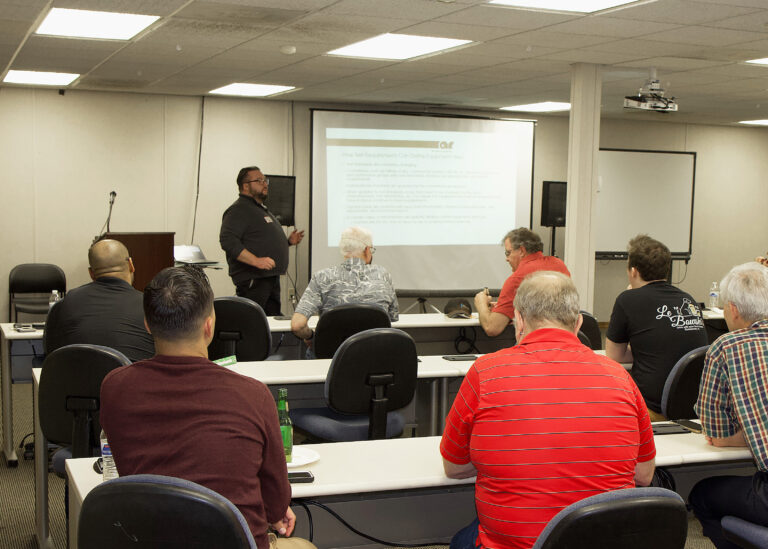
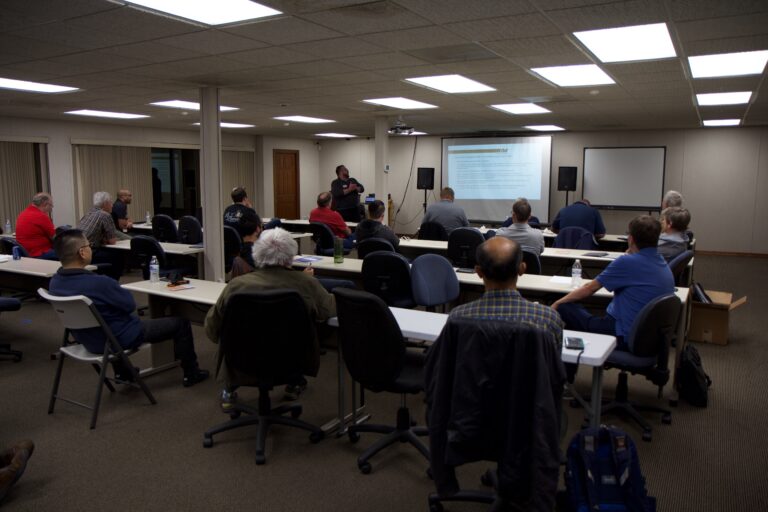
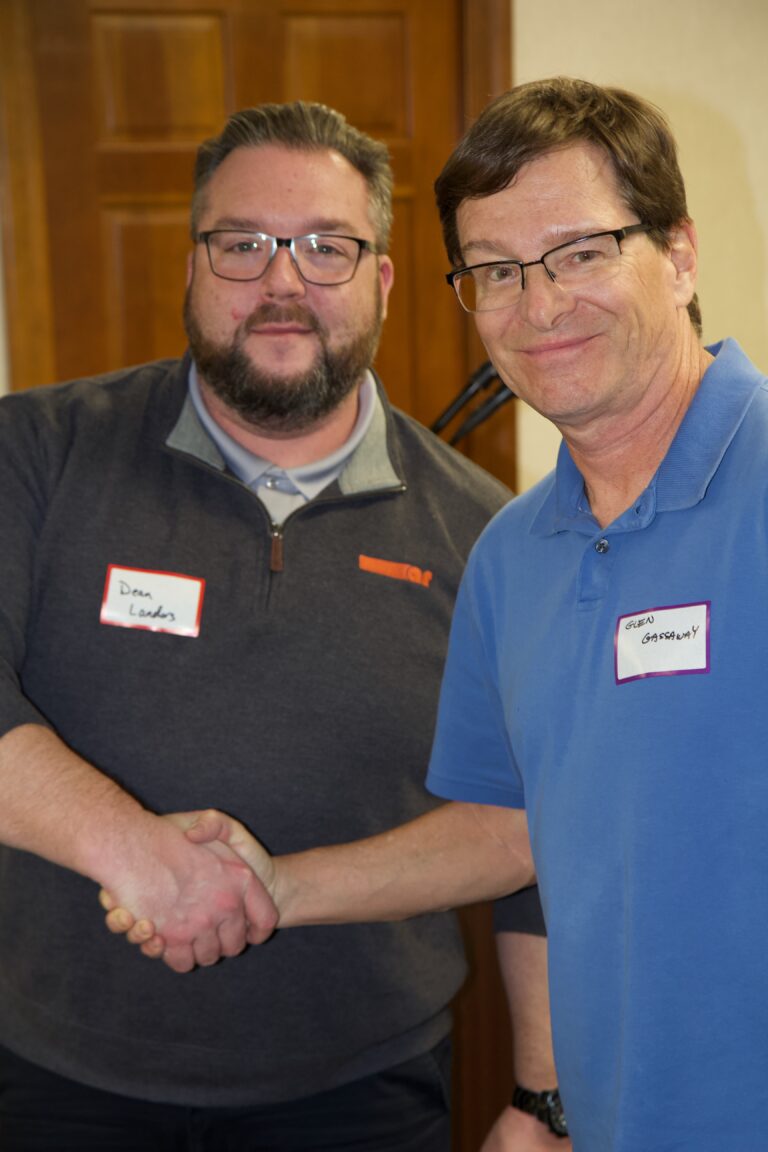
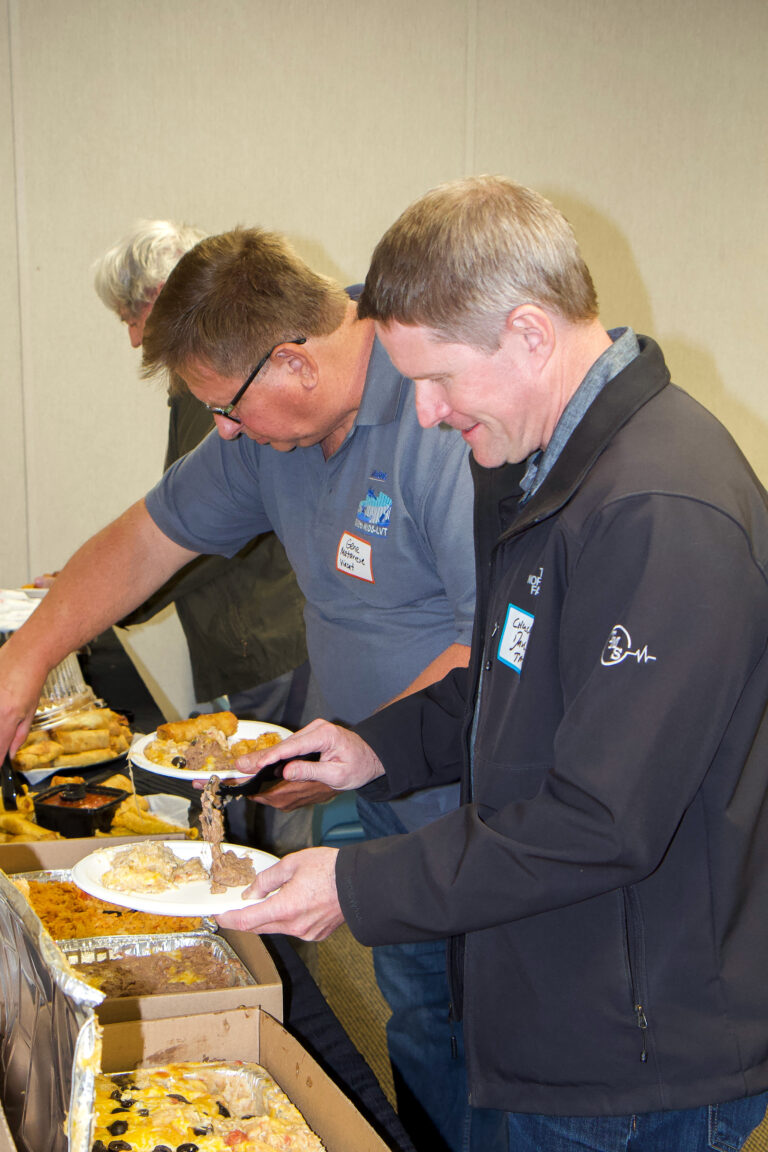
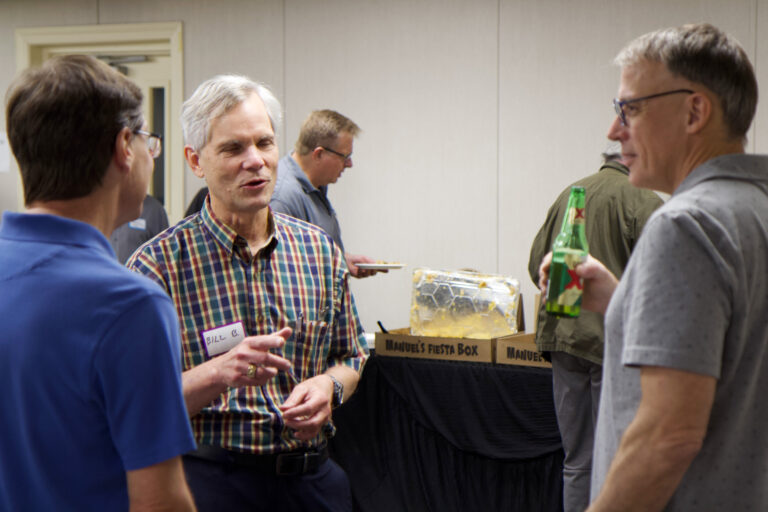
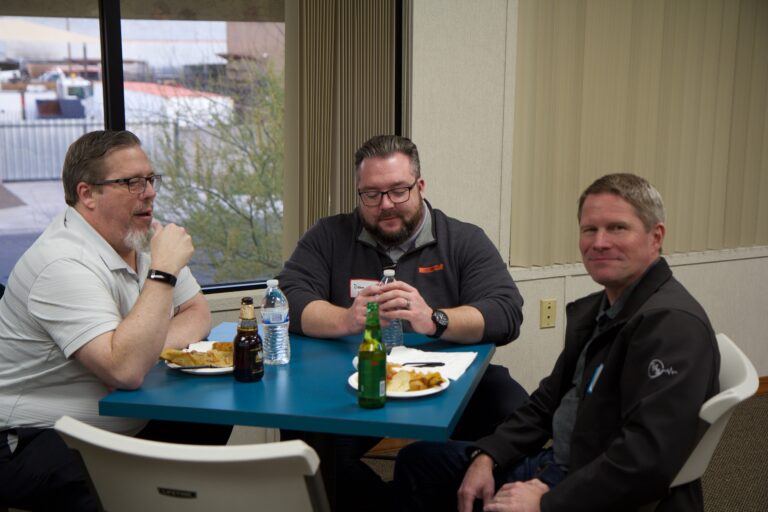
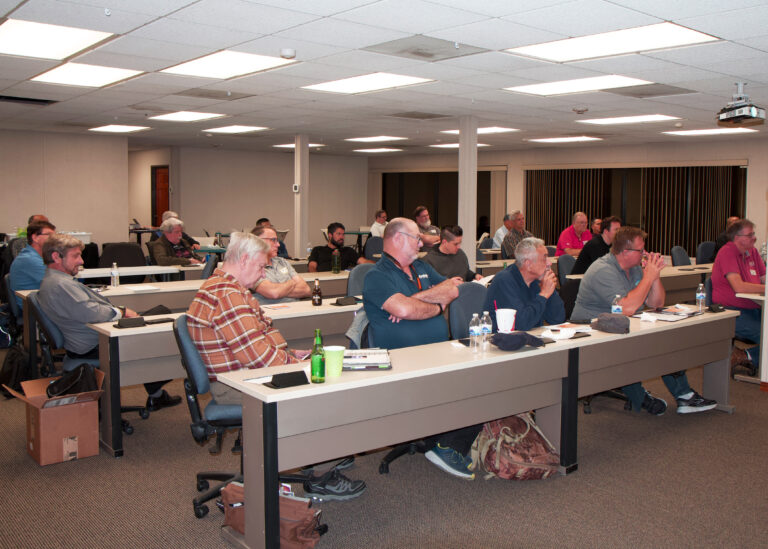
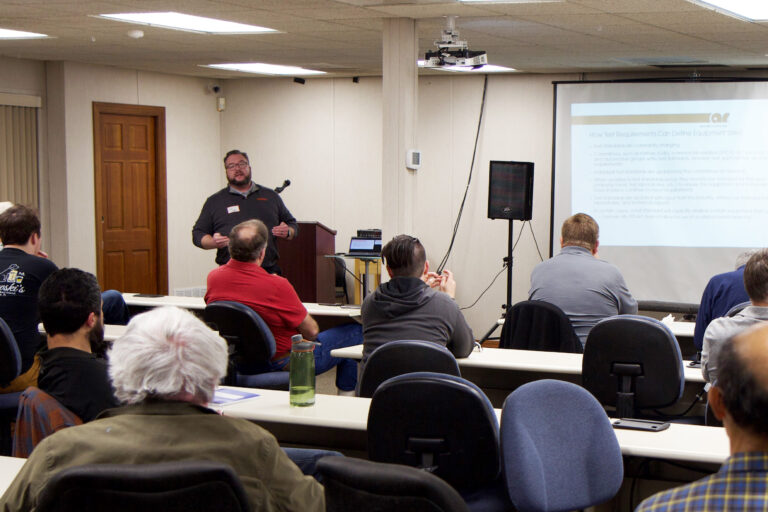






Noise Sources in Electric Vehicles
September 22, 2022
 Ms. Karen Burnham, Electromagnetic Applications, Inc
Ms. Karen Burnham, Electromagnetic Applications, Inc
The Phoenix Chapter of the IEEE EMC Society had its first in-person meeting since the pandemic! The chapter met on September 22, 2022, at Compliance Testing, in Mesa AZ. The meeting was well-attended considering the pandemic, with a count of 26 people.
The evening started at 05:30 pm with a social gathering and dinner. Brent Treadway of TMS Marketing arranged for a wonderful catered BBQ dinner and he home cooked a vegetarian lasagna! Dinner was followed by opening announcements and chapter business directed by Glen Gassaway, chapter chair. Of particular interest was that Phoenix will host the 2024 EMC Symposium (volunteers are needed!). The announcements were followed by the usual around-the-room introductions, including the companies that are hiring and individuals looking for work.
Introductions were followed by a presentation entitled ‘Noise Sources in Electric Vehicles’ presented by Ms. Karen Brunham of Electro Magnetic Applications, Inc. (EMA), located in Lakewood CO. Ms. Brunham is a principal scientist at EMA, has a wealth of experience in the aerospace/defense and automotive industries, and holds a MS in electrical engineering.
Ms. Burnham indicated that the major cause of emissions within and from an electric vehicle is caused by the insulated gate bipolar transistors (IGBTs), considering the very high voltages and current that need to be switched. Slowing down the rise/fall times will help substantially, but that could result in loss of efficiency. Omitting susceptible components from the EV high Voltage bus removes conducted emissions/susceptibility as being a concern. Locating the HV system in very solid metal structures reduces radiated emissions. It’s important to keep parasitic capacitance in mind when positioning the IGBTs so emissions will not couple across filters. Counter to popular opinion, brushed motors can make a lot of noise, so brushless or permanent magnet motors should be used. Sometimes RF from the IGBTs can couple to the driveshaft or other mechanical structures, so proper placement and shielding are crucial. To summarize, shielding should be as good as a military grade design, cables should be as short as possible and routed close to chassis, return lines must be run next to power lines and there should be a single point ground, and all high voltage enclosures should be well-bonded to chassis.
For all vehicles, CISPR 12 is the applicable standard for off-board radiated emissions and CISPR 25 is the applicable standard for on-board components. CISPR 36 is applicable to EVs only. ICNRP 1998/2010/2020 controls personnel exposure to radiated (magnetic) fields.
After the presentation, Glen Gassaway thanked Ms. Burnham for he very interesting presentation! The meeting was closed at 8:25.
We are grateful to Compliance Labs in Mesa AZ for hosting and providing their facilities for this event.
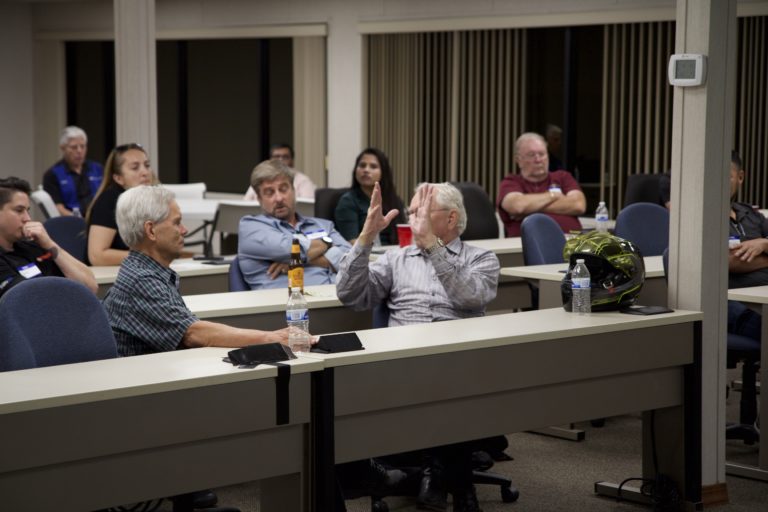
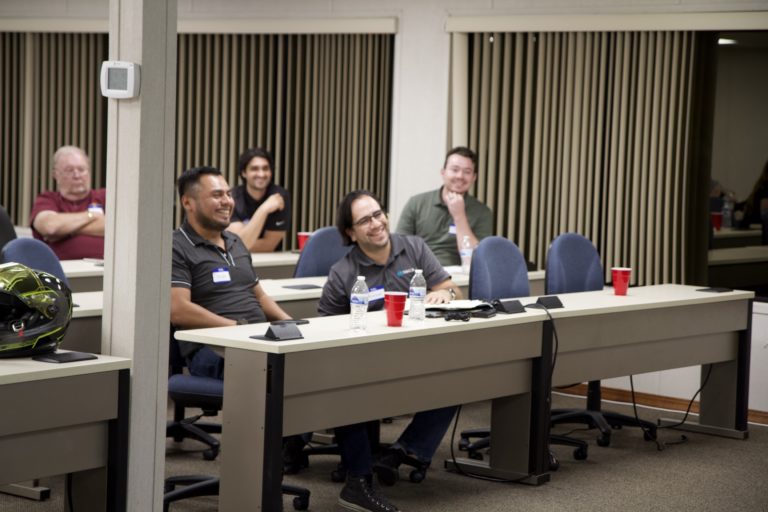
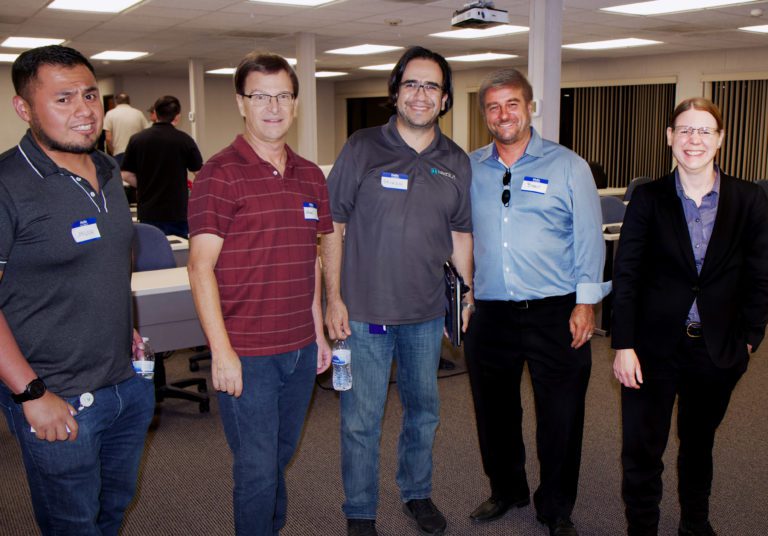

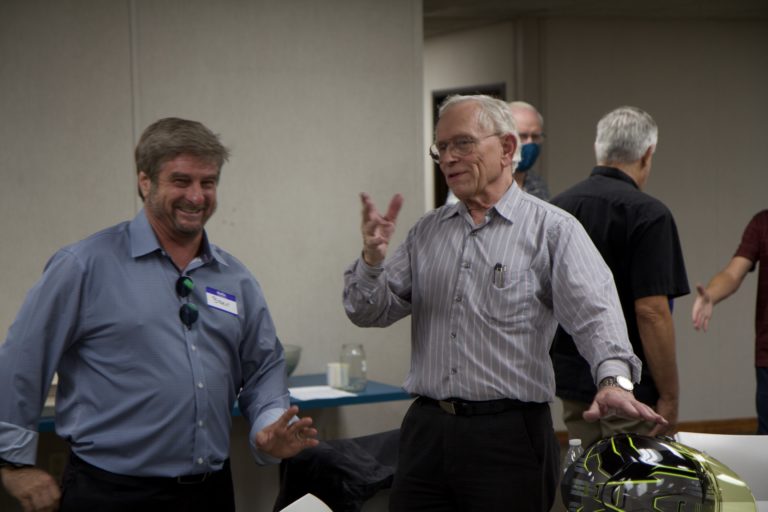
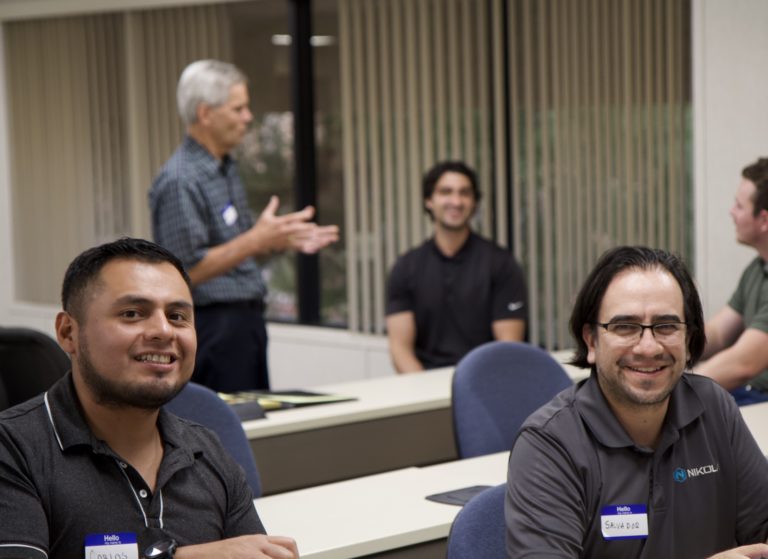
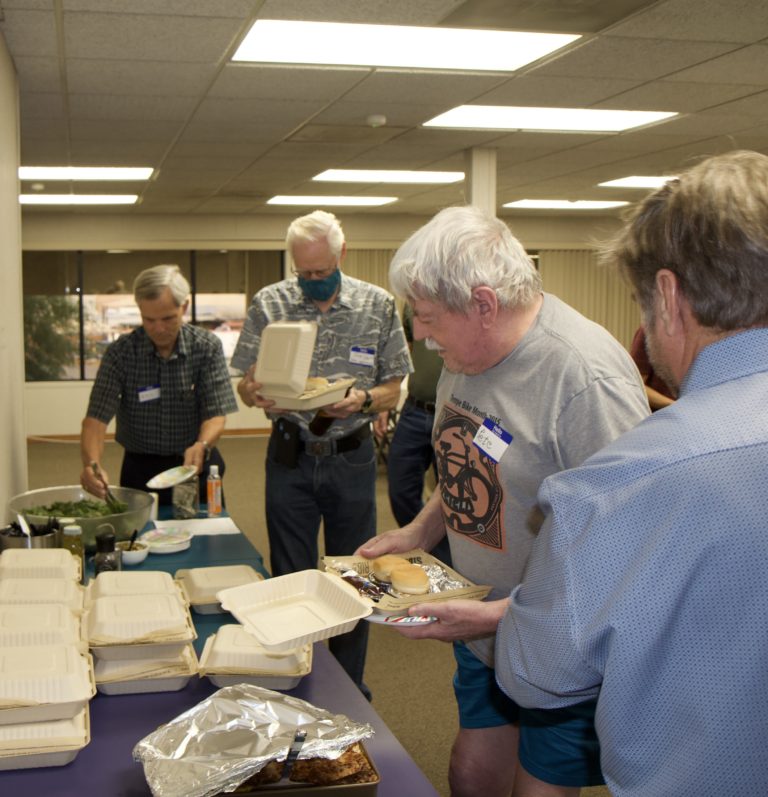
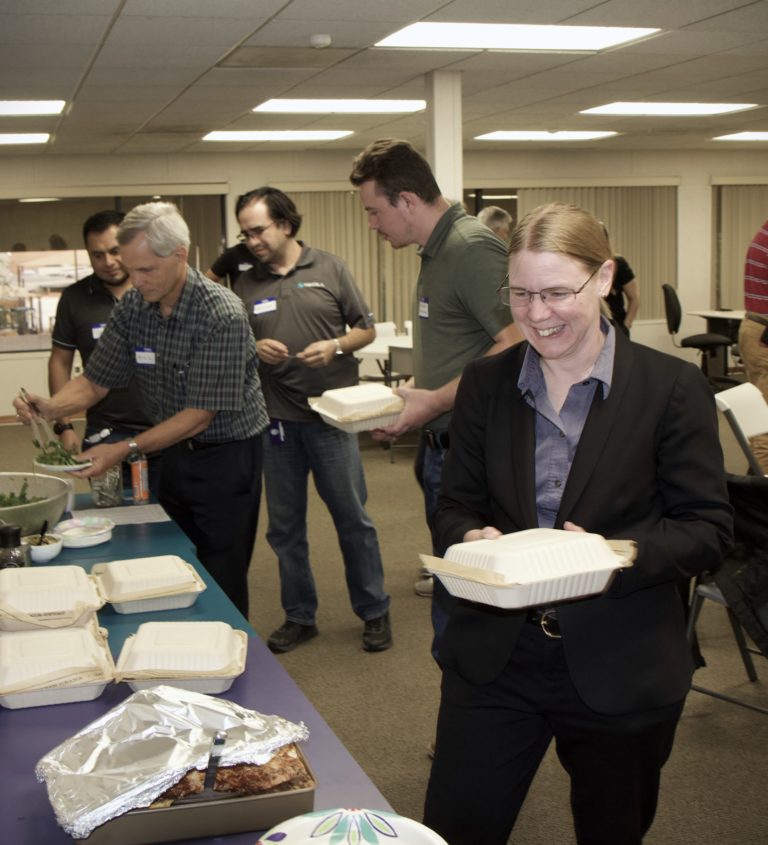
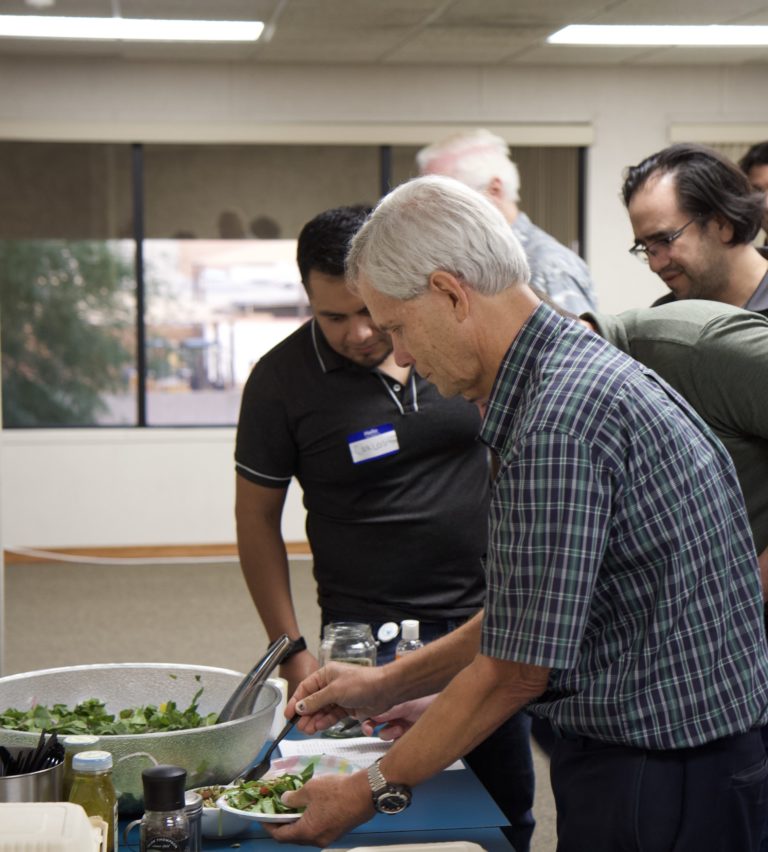
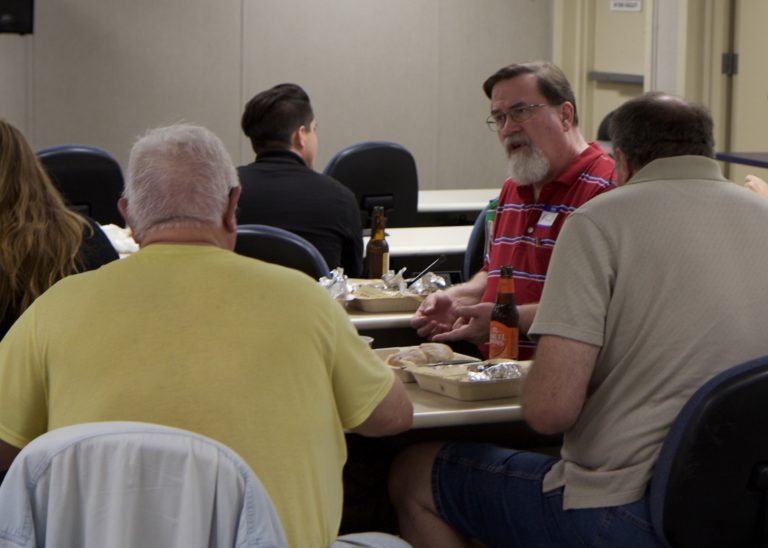
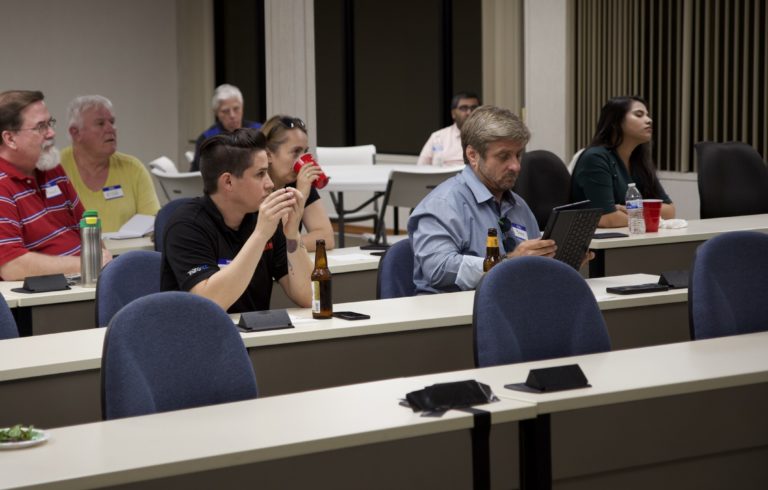
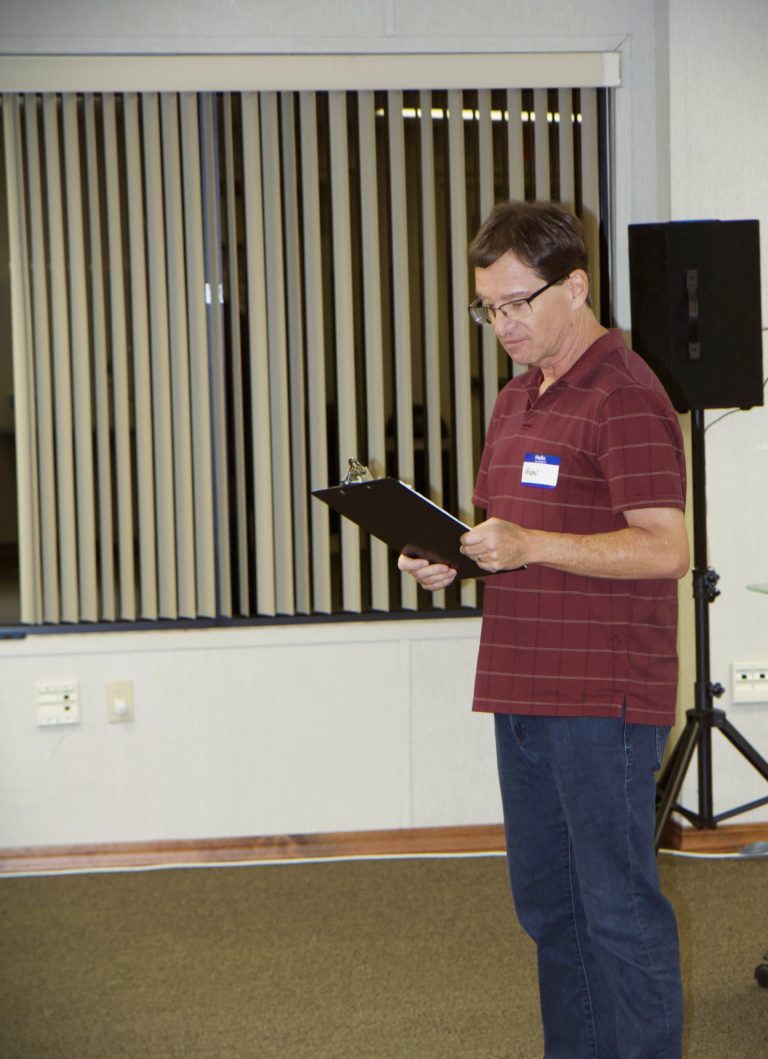
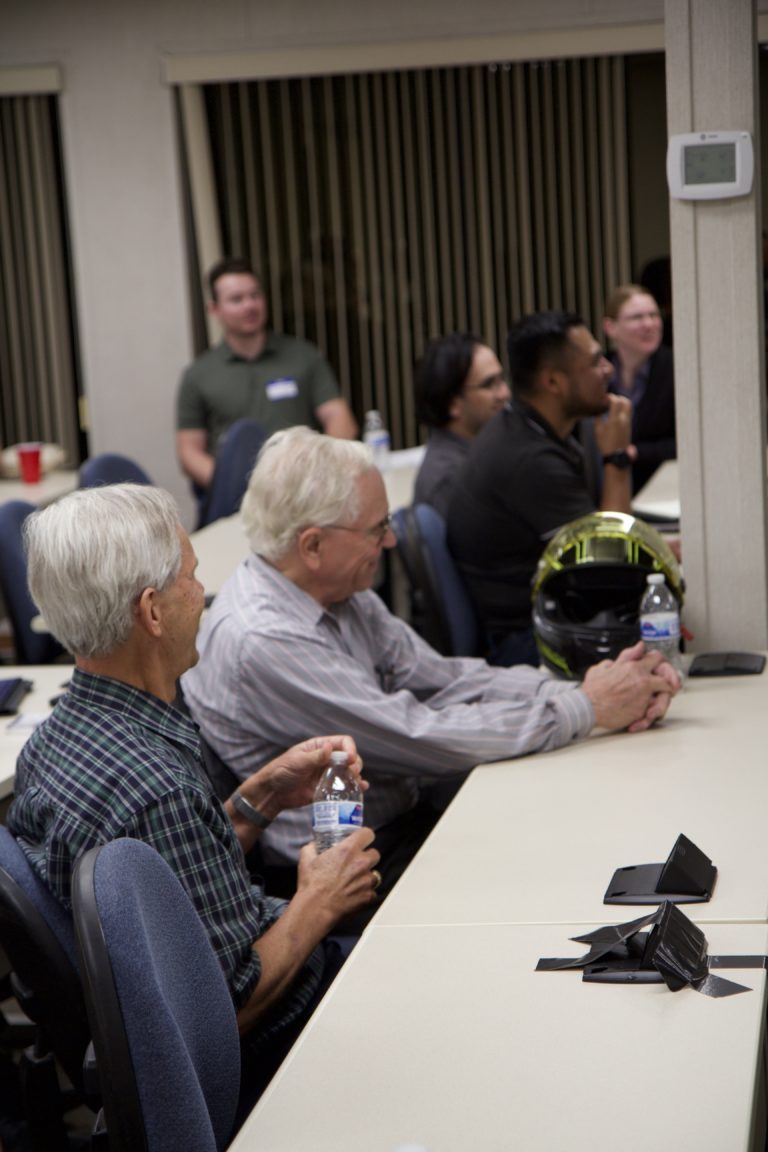
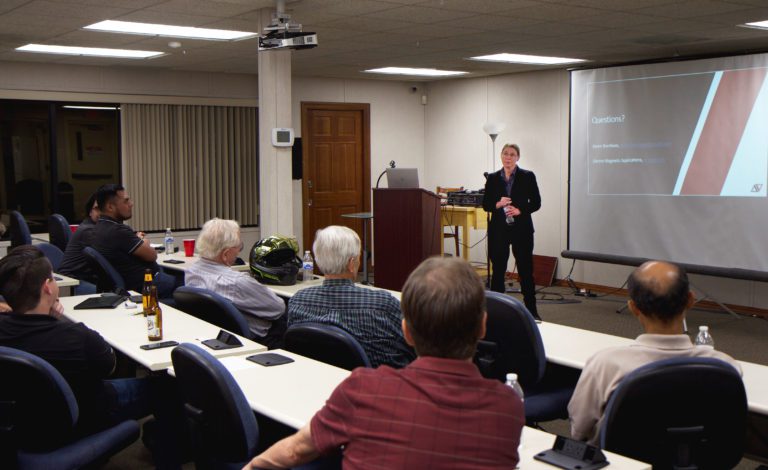







Date and Time
March 28th, 2024
5:30 – 8:00 PM
Date and Time
March 28th, 2024
5:30 – 8:00 PM
Date and Time
March 28th, 2024
5:30 – 8:00 PM
Date and Time
March 28th, 2024
5:30 – 8:00 PM
Location
- Compliance Testing, LLC
- 1724 S. Nevada Way
- Mesa, Arizona
- United States 85204
